Motorcars of the Classic Era
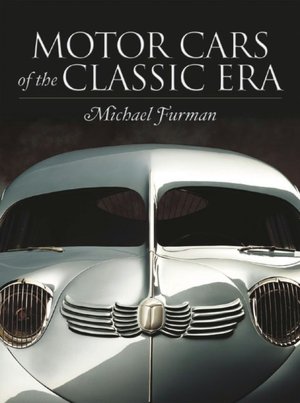 by Michael Furman
by Michael Furman
Many more words than could possibly fit here would need to be summoned to describe a book that uses only the barest minimum of words. This book is all about the photos—sumptious photos of such plasticity one wants to reach out and touch the cars! (If you squint just so, you could see a Star Wars-like helmet in the cover shot, no?)
The book celebrates cars from the 1925–1948 era and presents them by country and in random chronological order. A curious reader will always wonder by what criteria an author selects certain cars and not others. Alas, nothing is explained. Since this book required custom photography in a studio, one assumes that availability (of cars) and logistics (shipping etc.) must have been prominent criteria. While all cars are most certainly photogenic only some are truly representative of the very quintessence of their respective marques or coachwork.
The author being a photographer, it is a given that photo technique and photo reproduction are of a high order, further enhanced by digital post-production, excellent paper, and a generous layout of only one photo—no matter how small—per page. The unhurried observer will note Furman’s enormous attention to detail. For instance, in many shots each wheel has been individually turned so that logos on wheel hubs/hub caps are all right side up. Without exception the cars are otherworldly clean and look as if they’ve never turned a wheel in their life.
The cars are shown in toto as well as in detail. The close-ups range from the obvious mascots, door handles, and gauges to the less often photographed but no less noteworthy tire treads and mudguards. Merely by way of description and not intended as criticism, the organization of the contents leads one to remark that this book is more about the art of the photo than the art of the car. For instance, the detail shots do not, in general, follow the “establishing” full view of the car but are shown at random. In some cases there is no full view of the car at all but only detail shots. Also, no car is identified by chassis number, not even in the “index” section (in alphabetical order) at the end that lists additional details of all models shown. All this supports the view that the book is not intended to present the history, or a history of the classic car, or even these 83 particular cars but rather is a guided tour in photos of certain visual attributes. Nothing wrong with that, but a buyer/reader would not know this from just looking at the book title.
Quite a few cars are shown on full spreads but since the book block and spine are flat, not rounded, pages cannot open fully and a good bit of detail is lost in the gutter. In profile views it is most often the midsections of the cars that have been swallowed by the gutter and vital details such as windscreens, door openings, lamps, levers, etc. are not visible.
Furman is a professional photographer with many automotive clients. His specialty is studio photography and lighting, and every single photo here attests to his abilities. Even the professionals among us will look at his work and marvel.
Also available in a limited edition, signed edition of 150 copies bound in leather with slipcase.
Copyright 2011, Charly Baumann (speedreaders.info).


 RSS Feed - Comments
RSS Feed - Comments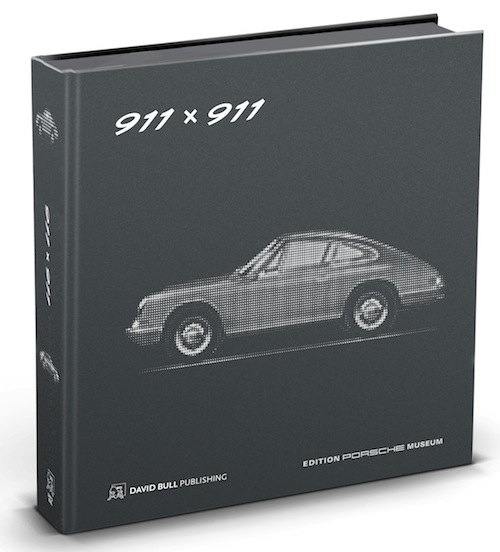



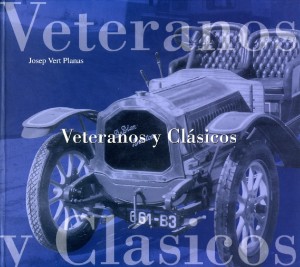
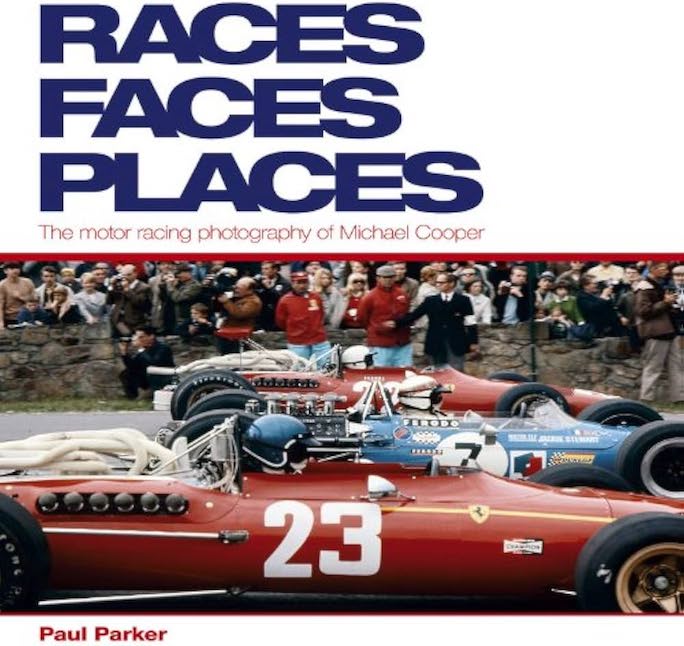


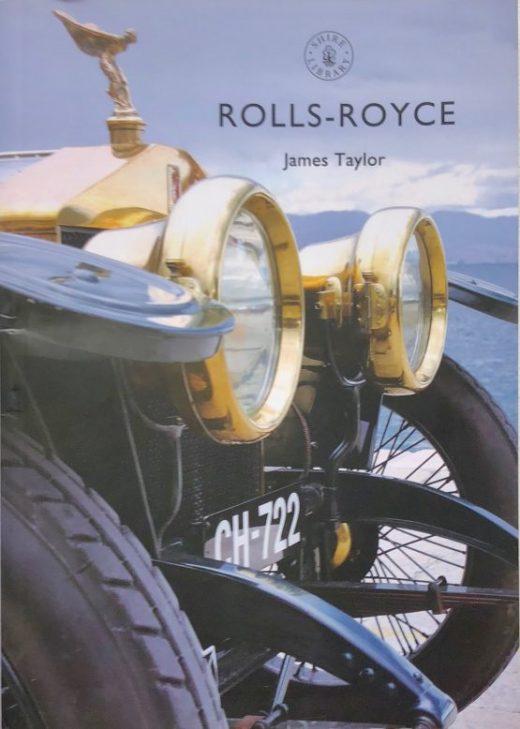

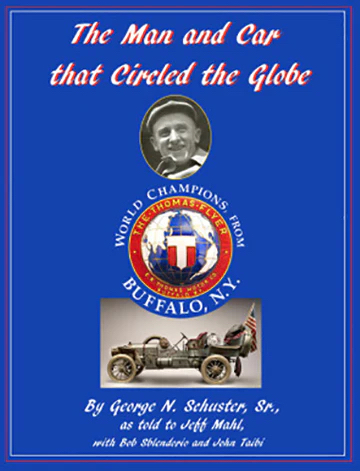

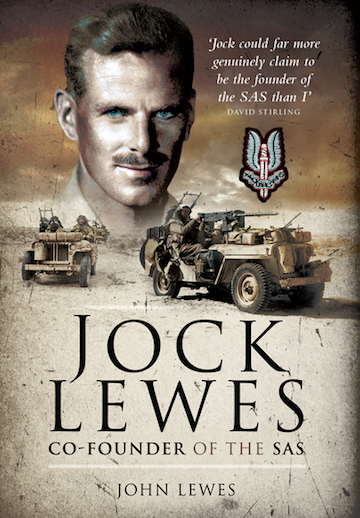
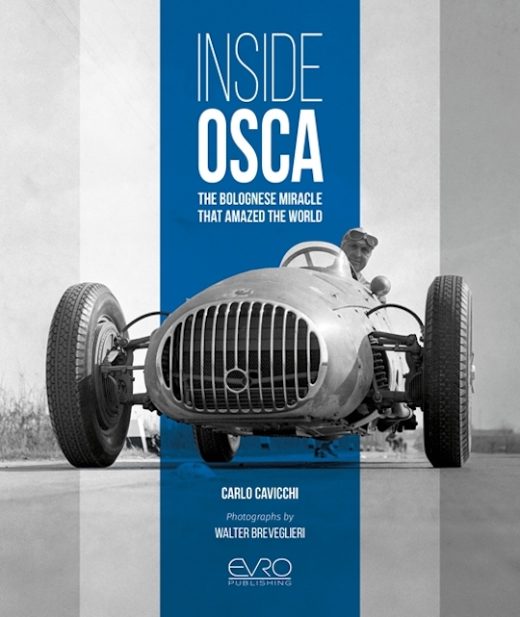
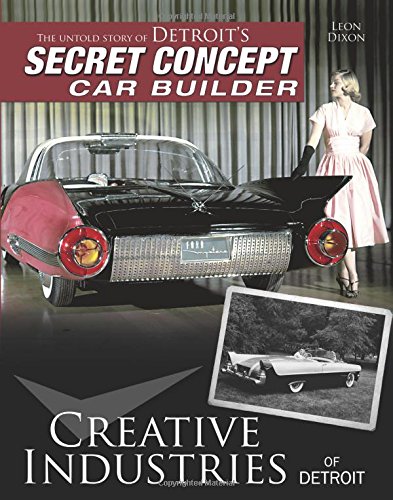
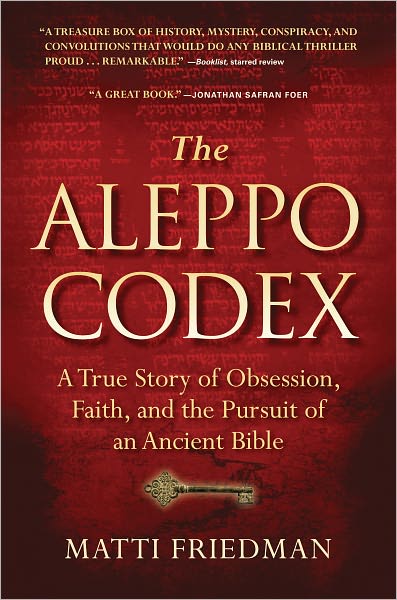
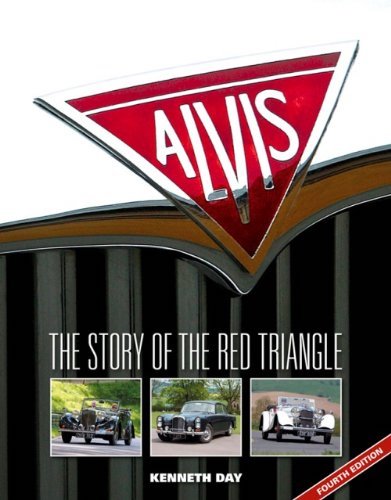
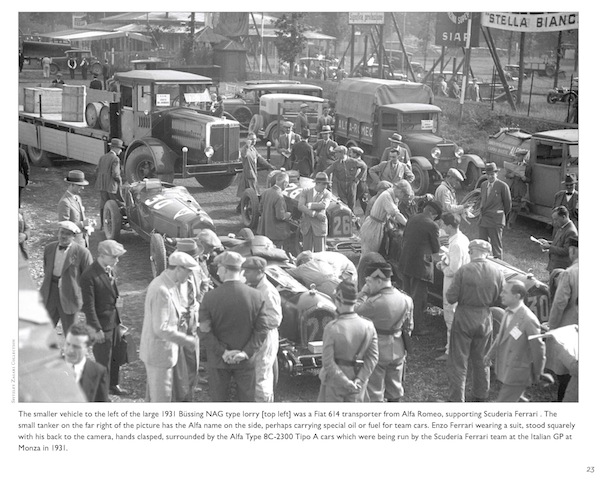
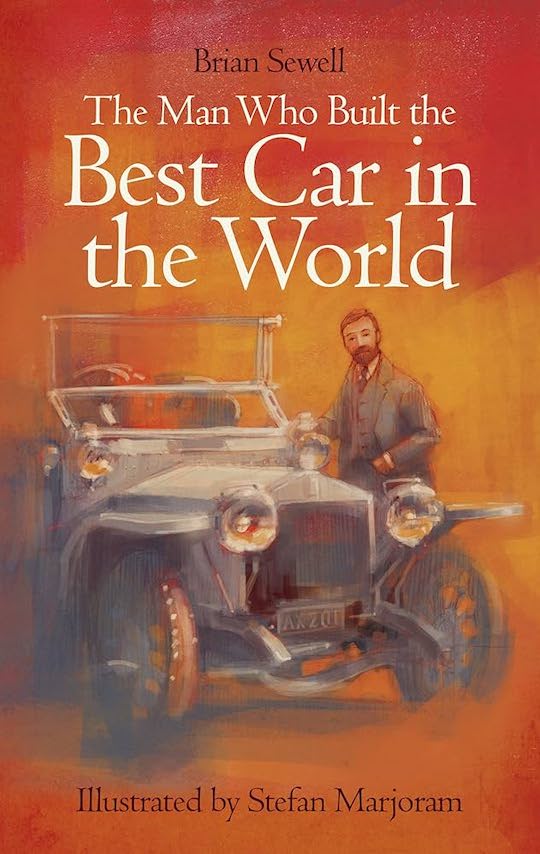


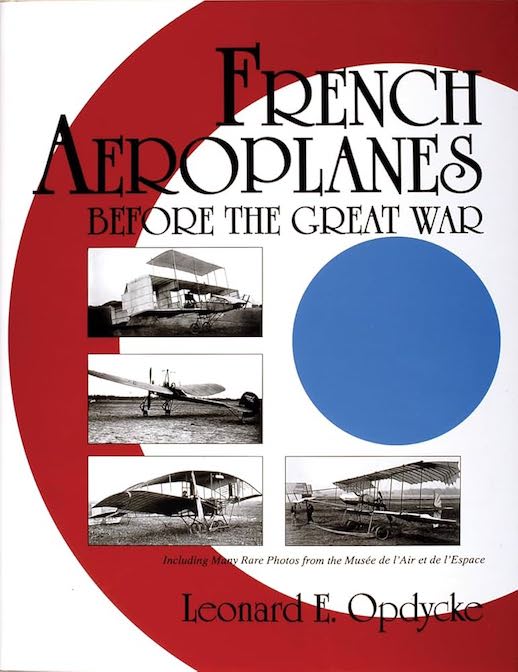
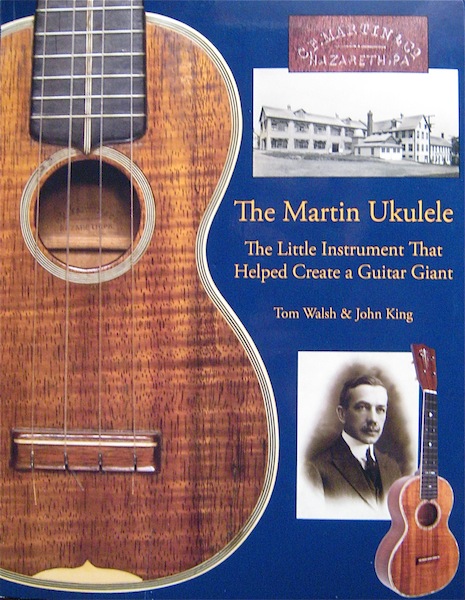
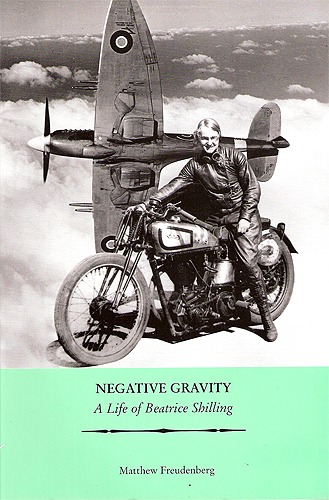
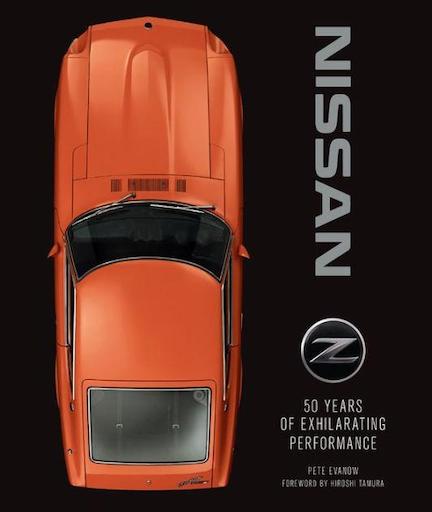
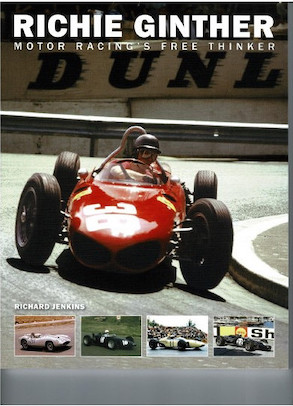
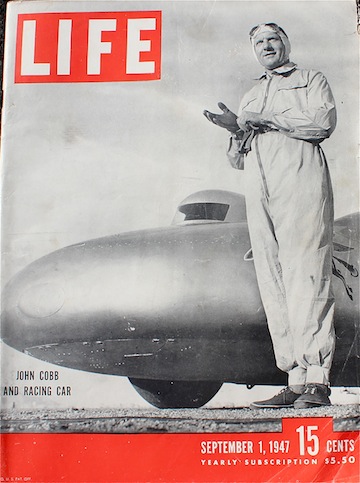

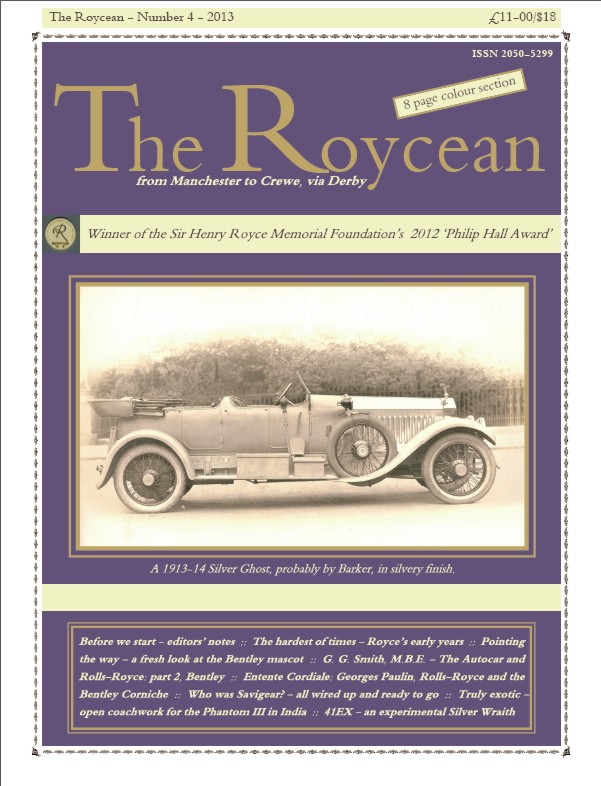
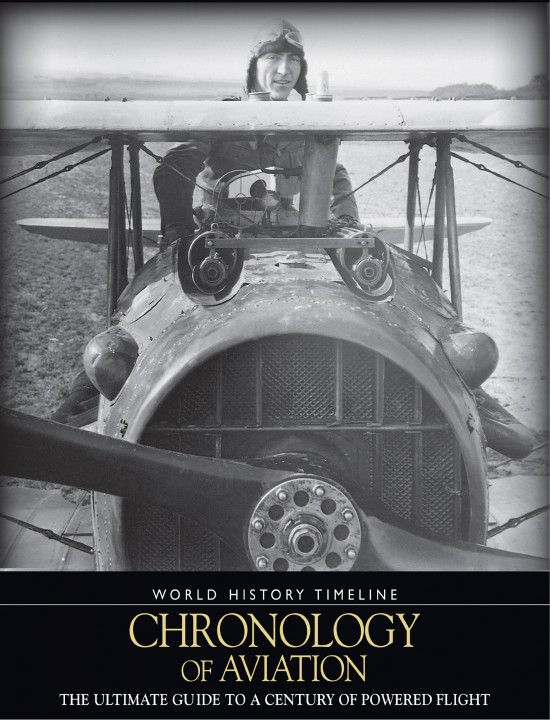
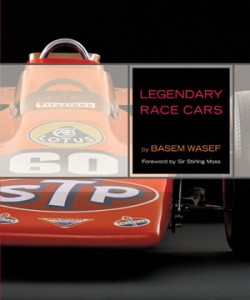

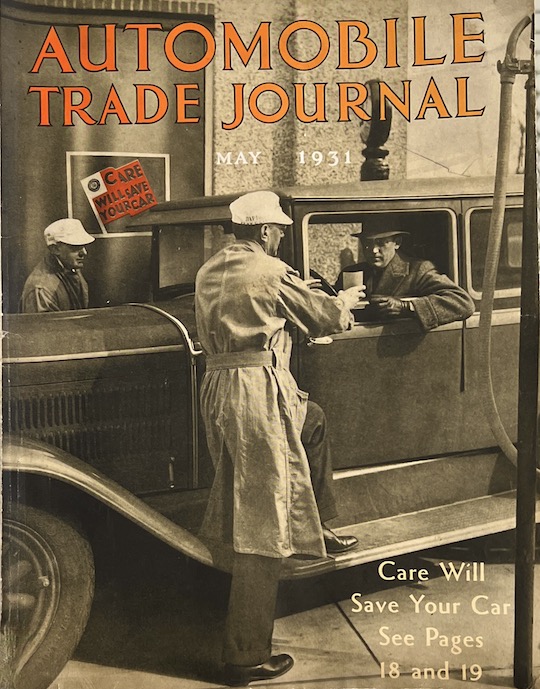
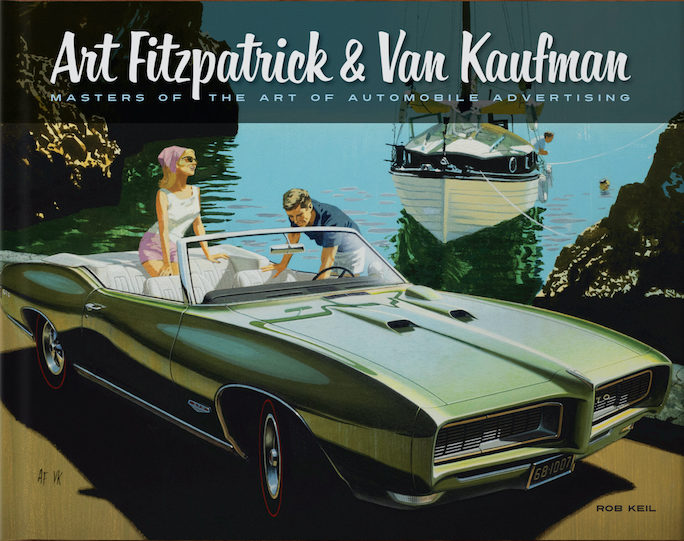
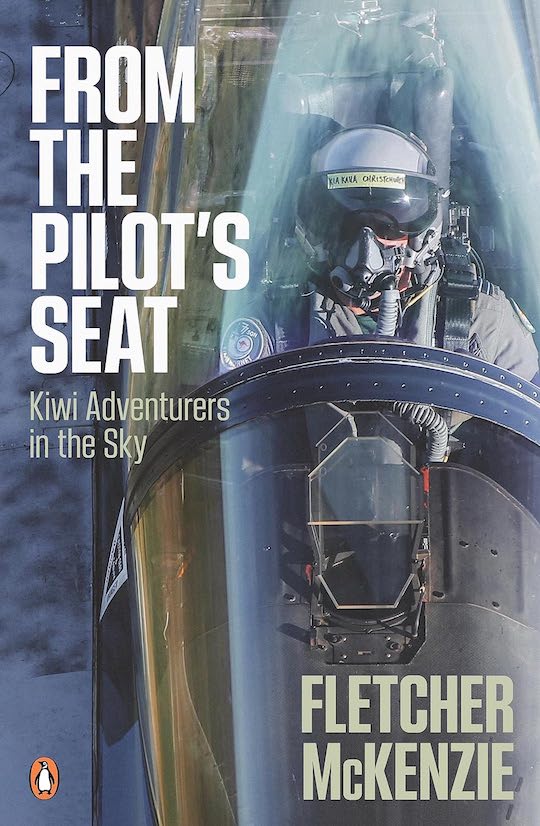
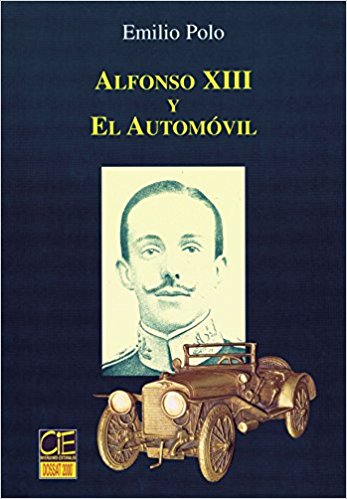
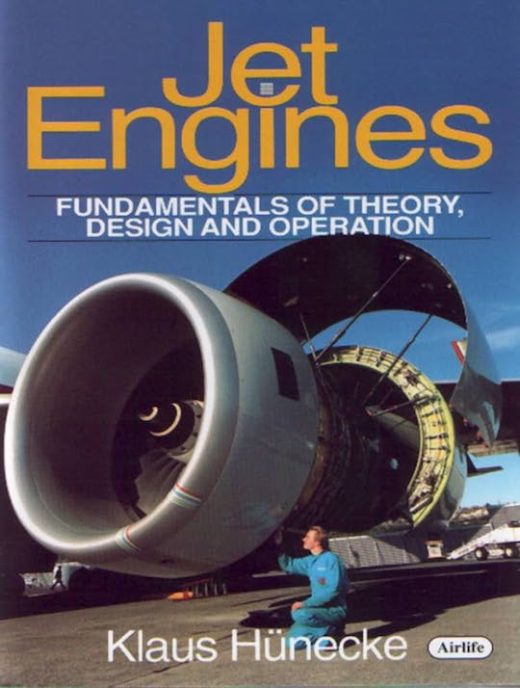
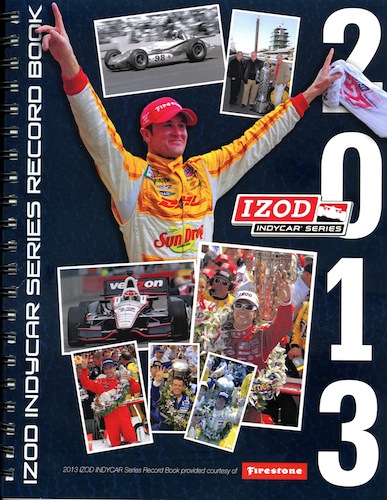
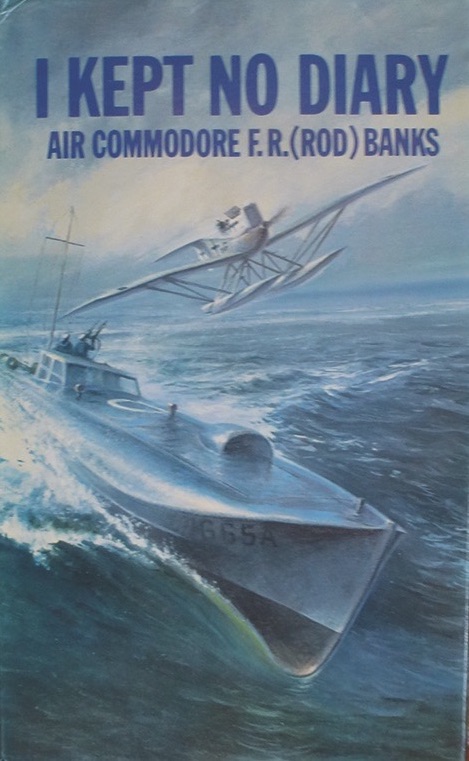

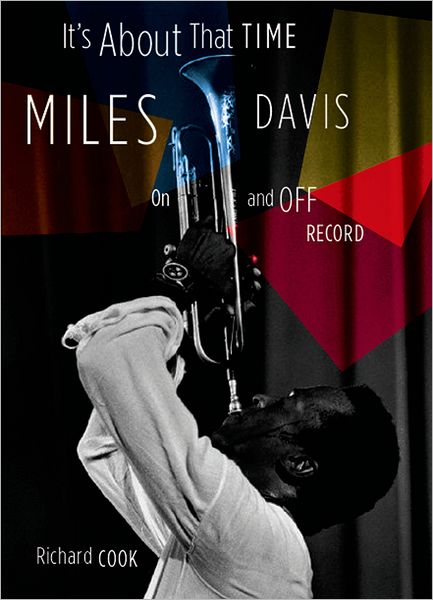
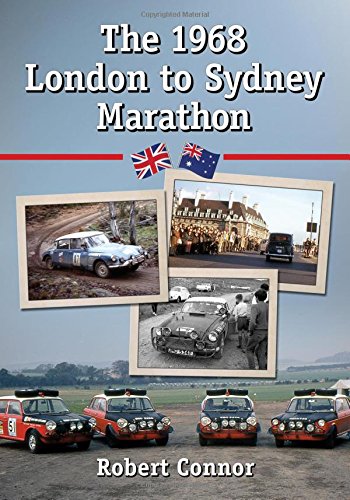
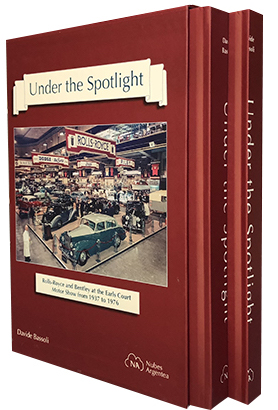
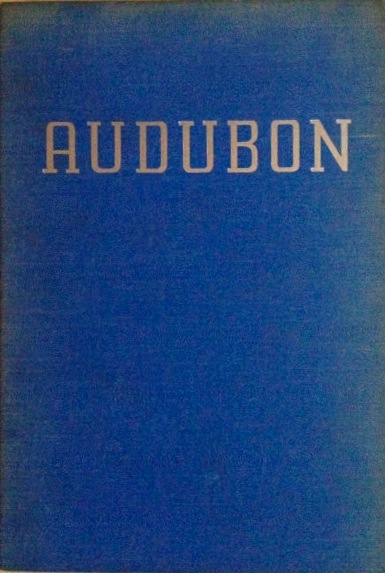
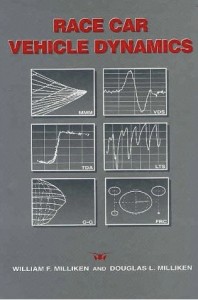
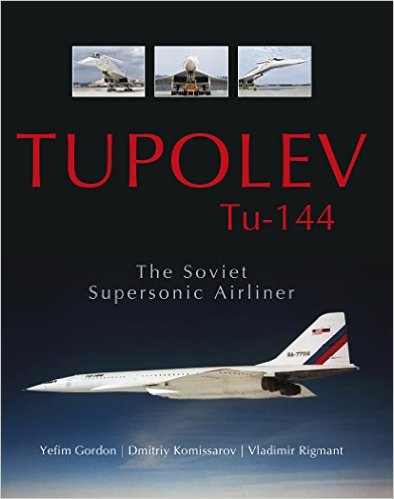
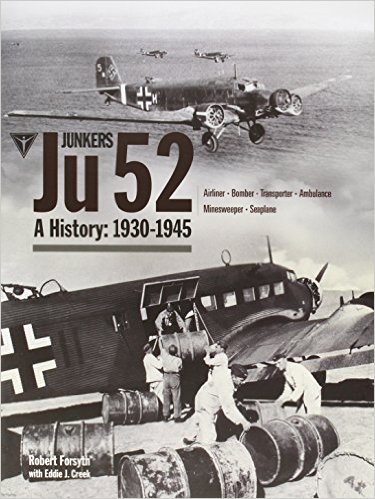

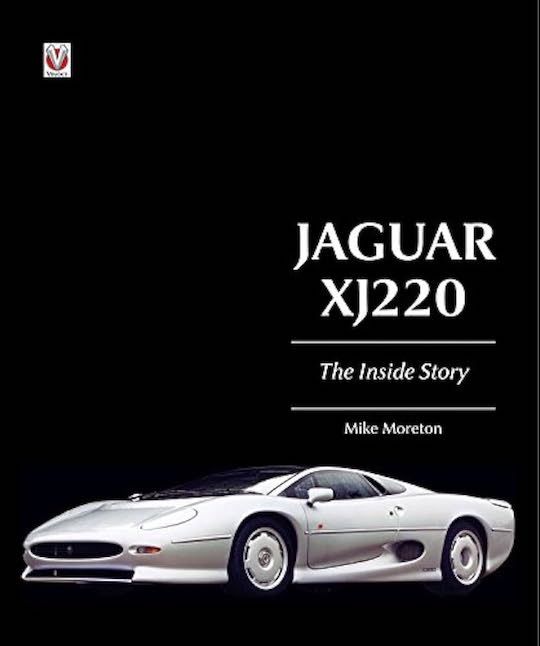
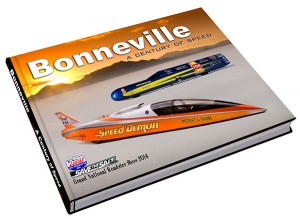
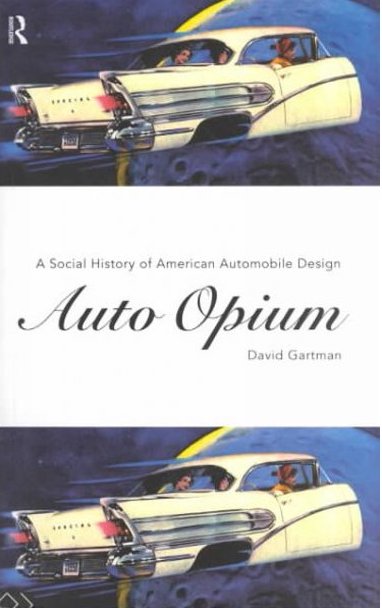
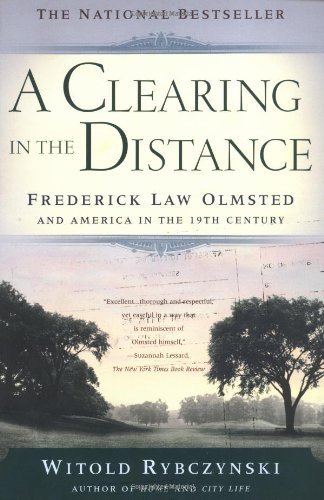

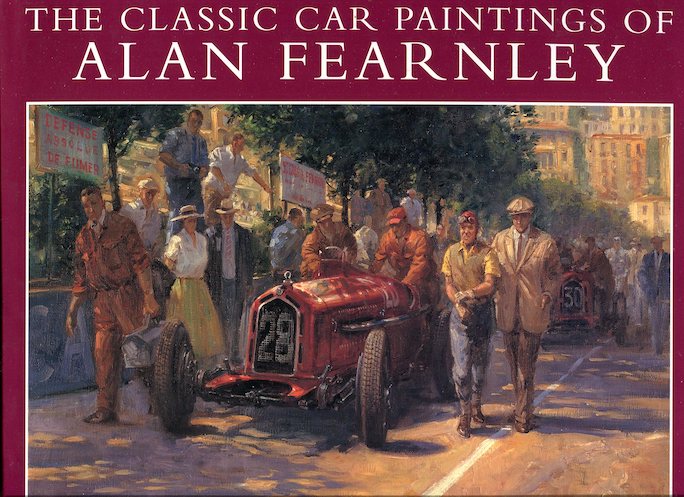

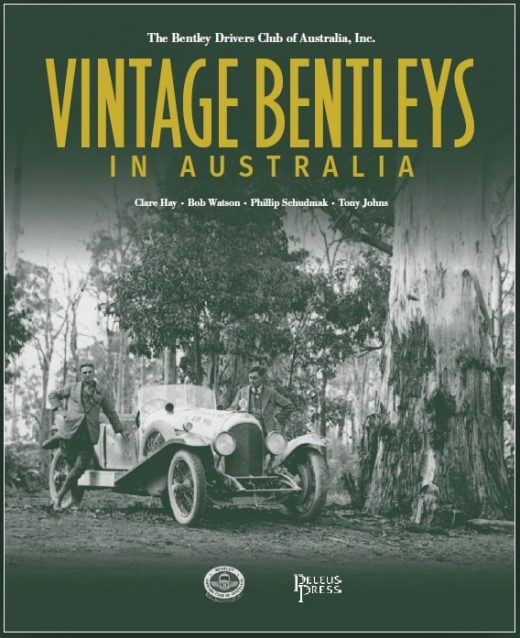
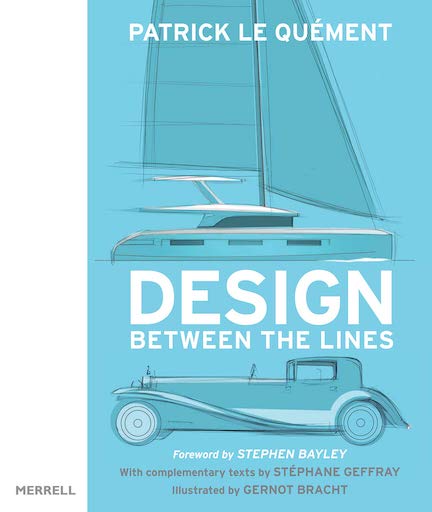
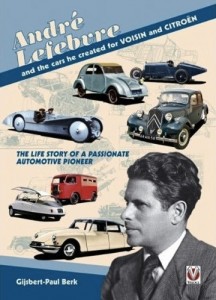
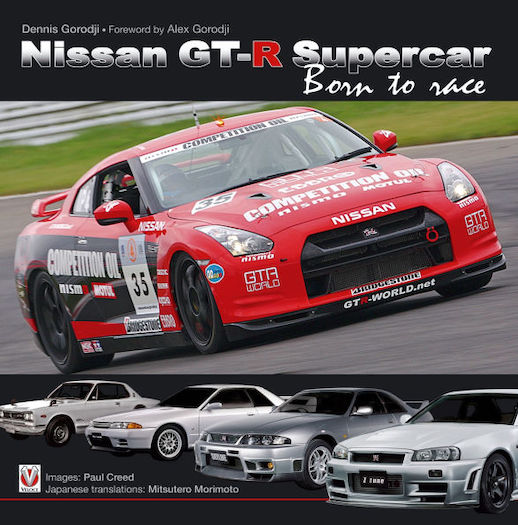

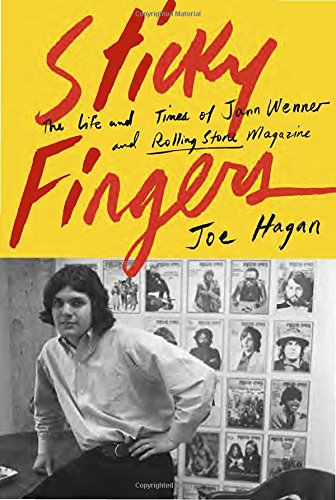
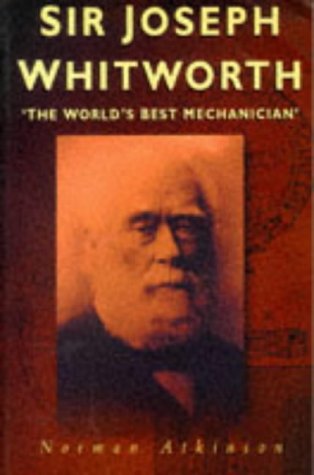

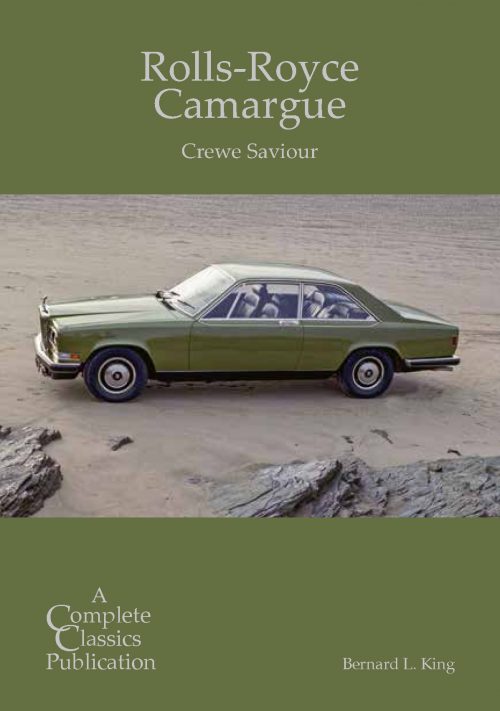
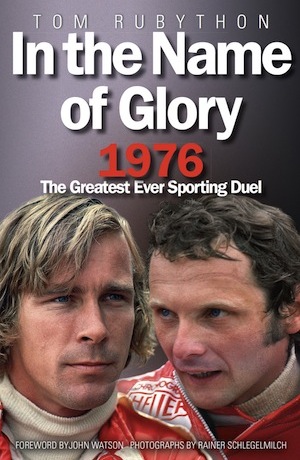

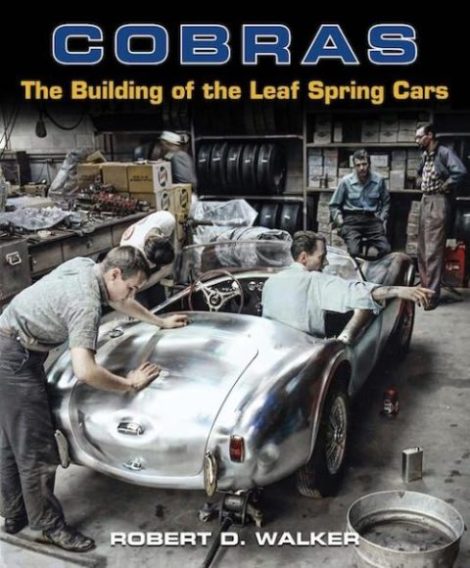
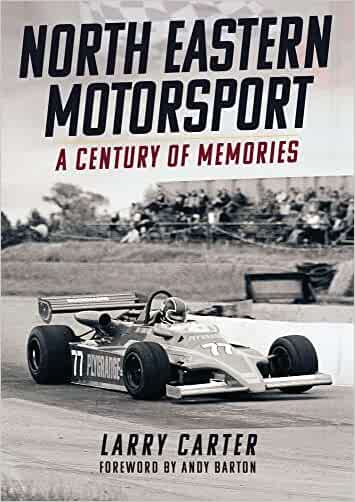
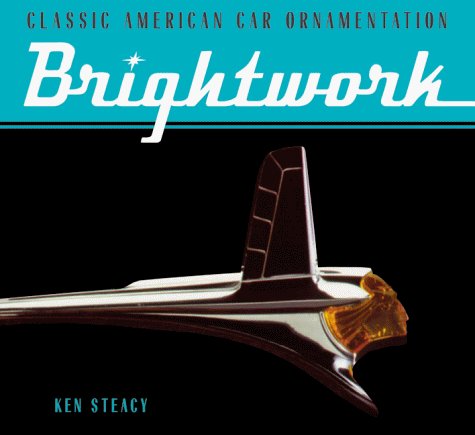


 Phone / Mail / Email
Phone / Mail / Email RSS Feed
RSS Feed Facebook
Facebook Twitter
Twitter